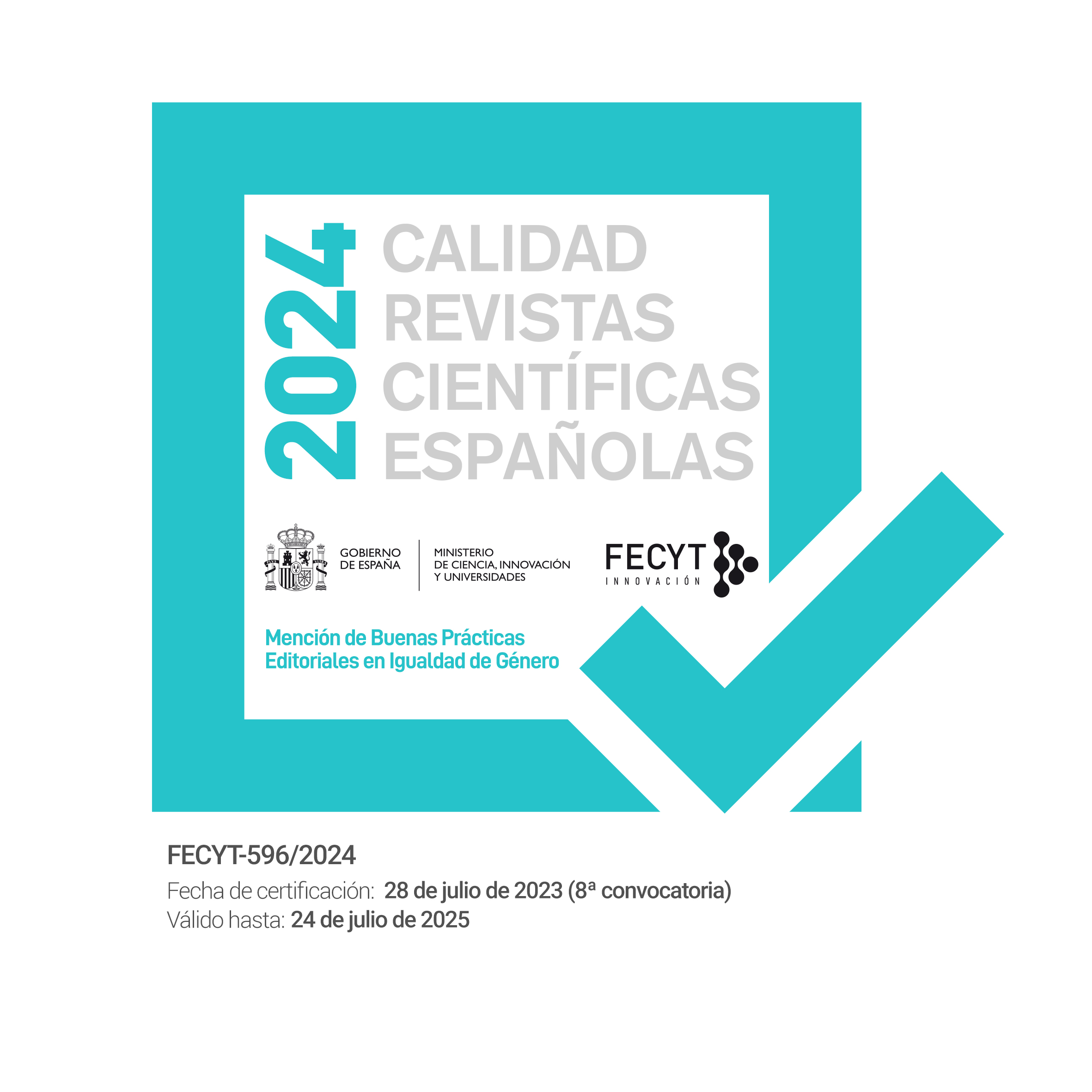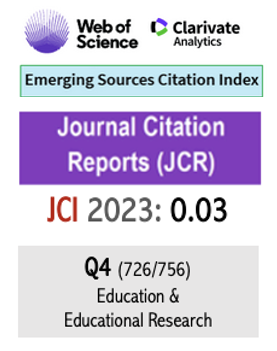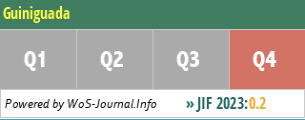Agendas visuales, "no hace falta la agenda, él me entiende"
Palabras clave:
agenda, imagen visual, anticipación, comprensión, Trastorno Generalizado del DesarrolloResumen
En este artículo abordamos no sólo la importancia que tienen las agendas visuales para las personas con un Trastorno Generalizado del Desarrollo que no desarrollan el lenguaje oral, sino cómo son igual de importantes también para aquellas que sí lo desarrollan. Presentamos dos ejemplos de niños que tienen lenguaje oral, a los que las imágenes de las agendas les ayudan a anticipar para comunicar o comprender algo que va a ocurrir (una operación quirúrgica), o que se está desarrollando y surge un imprevisto (visita a Correos).Descargas
Descargas
Publicado
Cómo citar
Número
Sección
Licencia
El Guiniguada se distribuye en abierto bajo una licencia Creative Commons Reconocimiento–NoComercial–SinObraDerivada 4.0 Internacional. Permite pues que los autores/as retengan, sin restricciones, los derechos de autoría así como los de publicación y difusión (esta última en una web personal o en un repositorio institucional). Igualmente, los artículos pueden ser descargables y compartirse siempre que se reconozca la autoría, que no se realicen cambios y que no se utilicen comercialmente (CC BY-NC-ND). En los números anteriores a 2020 los derechos de autor/a eran transferidos a la Revista, pero desde el Volumen 29 (2020) se aplica la política de derechos de autoría actual.
La Revista proporciona por tanto un acceso abierto inmediato a su contenido basado en el principio de que ofrecer al público un acceso libre a las investigaciones ayuda a un mayor intercambio global de conocimiento, de acuerdo con la definición BOAI de acceso abierto. Los autores/as no pagan por publicar en El Guiniguada.
El destinatario principal de esta publicación es la comunidad científica en general. No obstante, dado el interés social de los temas vinculados con la educación, El Guiniguada es consciente de la previsible proyección general que sus volúmenes puedan tener. Su acceso abierto permite, igualmente, el conocimiento libre y general de su contenido.
Quienes publiquen en esta revista aceptan pues los términos siguientes:
- Conservarán sus derechos de autoría y garantizarán a la revista el derecho de primera publicación de su obra, el cual estará simultáneamente sujeto a la Licencia de reconocimiento de Creative Commons que permite a terceros compartir la obra siempre que se indique su autoría y su primera publicación en esta revista. Asimismo, se indica que no se puede hacer un uso comercial de la obra; tampoco está permitido su uso derivado.
- Podrán adoptar otros acuerdos de licencia no exclusiva de distribución de la versión de la obra publicada (p. ej.: depositarla en un repositorio institucional o publicarla en un volumen monográfico) siempre que se indique la publicación inicial en esta revista.
- Podrán difundir su obra a través de Internet (p. ej.: en archivos telemáticos institucionales o en los perfiles académicos o profesionales de los autores...) antes y durante el proceso de envío, lo cual puede producir intercambios interesantes y aumentar las citas de la obra publicada. (Véase El efecto del acceso abierto).
Asimismo y de acuerdo con la política de acceso abierto BOAI, todo el contenido está disponible gratuitamente sin cargo para el usuario o su institución. Los usuarios pueden leer, descargar, copiar, distribuir, imprimir, buscar o vincular los textos completos de los artículos, o usarlos para cualquier otro propósito legal, sin solicitar permiso previo del equipo editorial o de la autoría.















